Follow-up emails in ecommerce can be a powerful tool for businesses to engage with their customers and encourage them to complete their purchases or take other desired actions. By sending timely and relevant WooCommerce follow ups emails, businesses can remind customers about their abandoned carts, offer special promotions or discounts, and ask for reviews or feedback.
For making the process of collecting feedback and review simple, you can create customer satisfaction surveys with the Survey Maker plugin and include in it the questions that interest you.
These emails can be automated using email marketing software like WooCommerce Follow-Ups, or they can be manually crafted and sent by a representative of the business. Either way, the goal of follow-up emails is to create a personal connection with the customer and provide them with the information or incentives they need to make a purchase or take a desired action. Below, we list seven types of ecommerce follow-up emails you need to know about.
1. Welcome Emails
A welcome email is a great opportunity for an ecommerce business to make a positive first impression on its customers. It is typically the first email a customer receives after signing up for a newsletter or creating an account on a website.
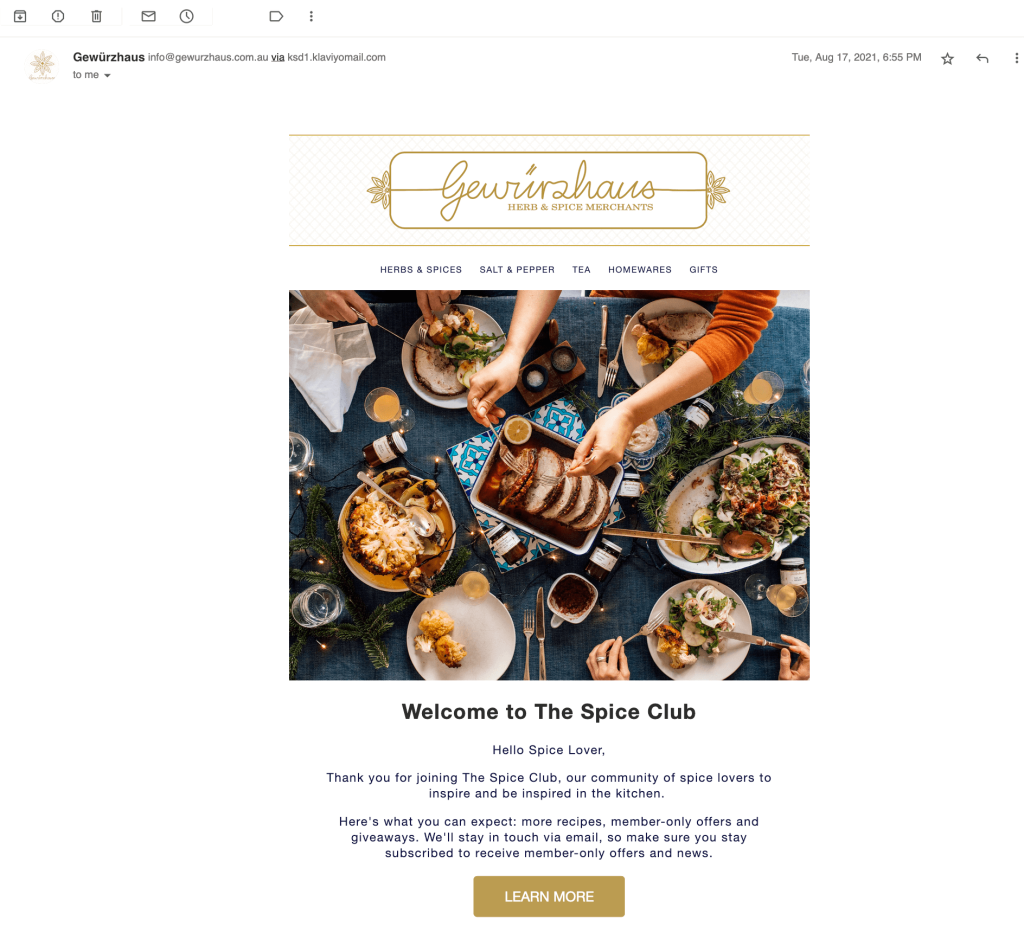
A well-crafted welcome email can be used to introduce the business and its products or services, set expectations for future communications, and provide helpful information such as links to the company’s social media profiles or a frequently asked questions (FAQ) page.
Welcome emails can also be used to offer special discounts or codes for new subscribers or customers to encourage them to make a purchase. You can also send along useful resources and onboarding steps to get them well-informed.
2. WooCommerce Follow Ups on Order Status
After making a transaction, it’s always a good idea to follow up with an order status notification email. A follow-up email after a transaction in ecommerce is a great way for a business to show appreciation for its customers and encourage them to continue shopping with the company.
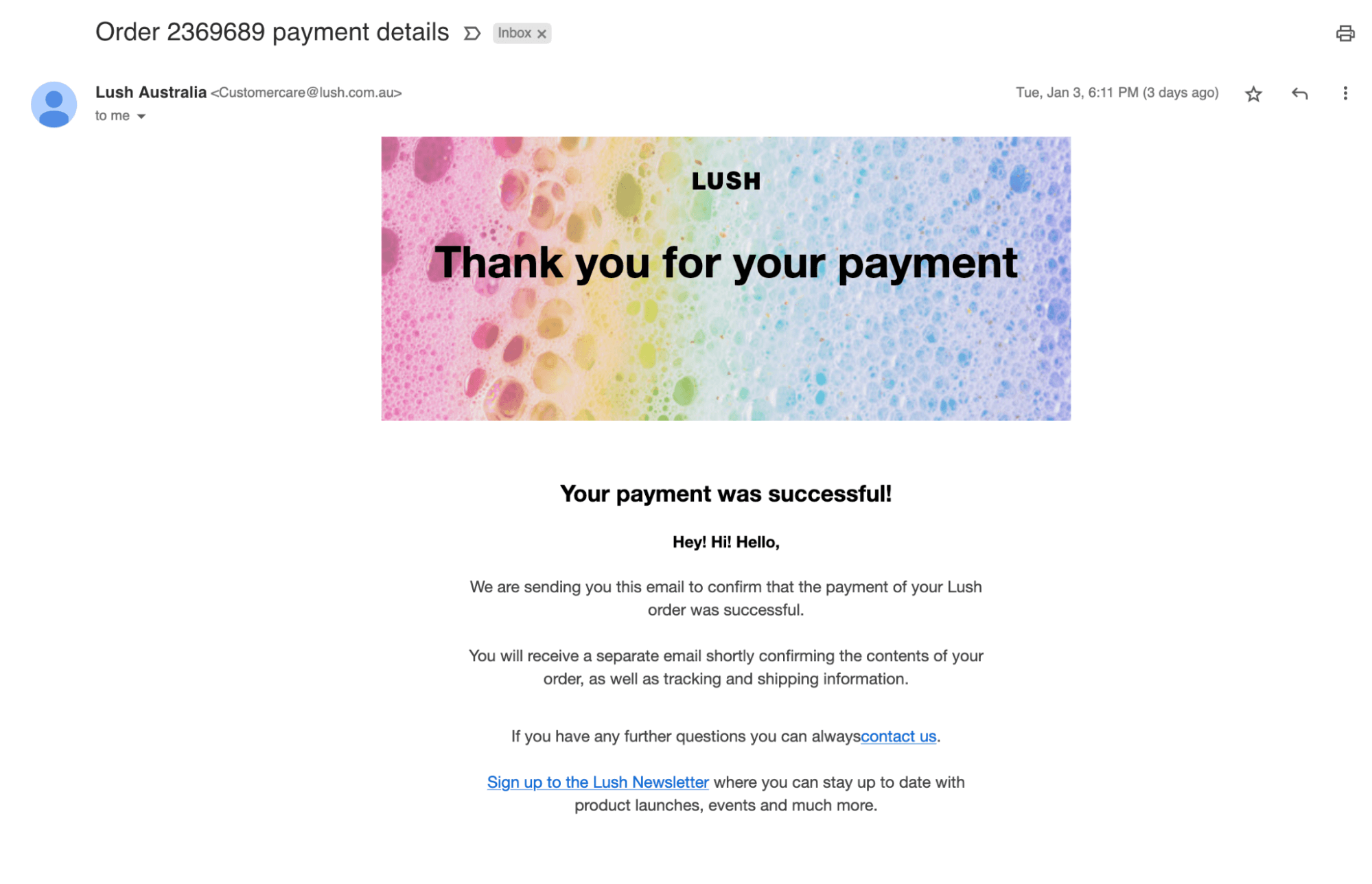
A follow up email after a transaction can be used to thank the customer for their purchase, provide them with important information such as tracking numbers or delivery details and ask for their feedback on their shopping experience.
3. Complaint Follow Ups
After a company receives a complaint, a follow up email should be sent to the customer. This shows that they received the email and that they are looking into the issue.
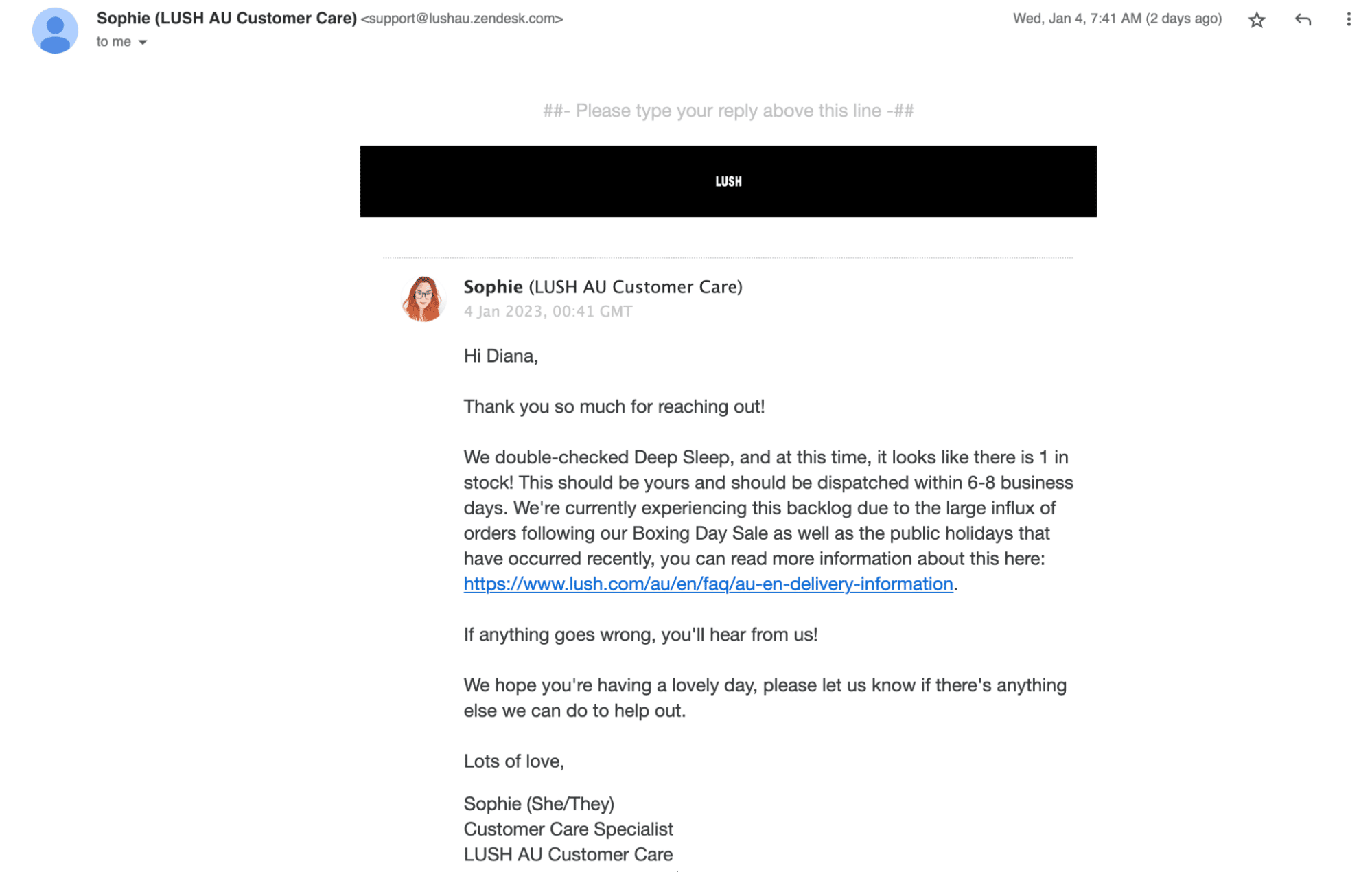
This type of follow-up email after a complaint in ecommerce is an important opportunity for a business to address a customer’s concerns and demonstrate its commitment to providing excellent service.
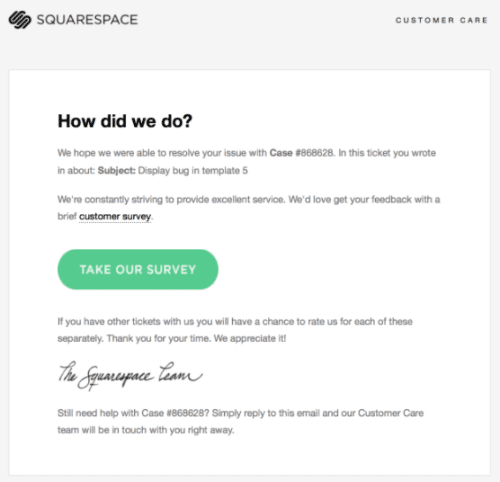
This email should be sent as soon as possible after the complaint has been received, and should include an apology for the issue and a clear explanation of how it will be resolved. Depending on the nature of the complaint, the follow-up email may also include information about how the business is working to prevent similar issues from occurring in the future.
4. Abandoned Carts
A follow-up email for abandoned carts is usually a targeted email that is sent to customers who have added items to their online shopping cart but have not completed their purchase.
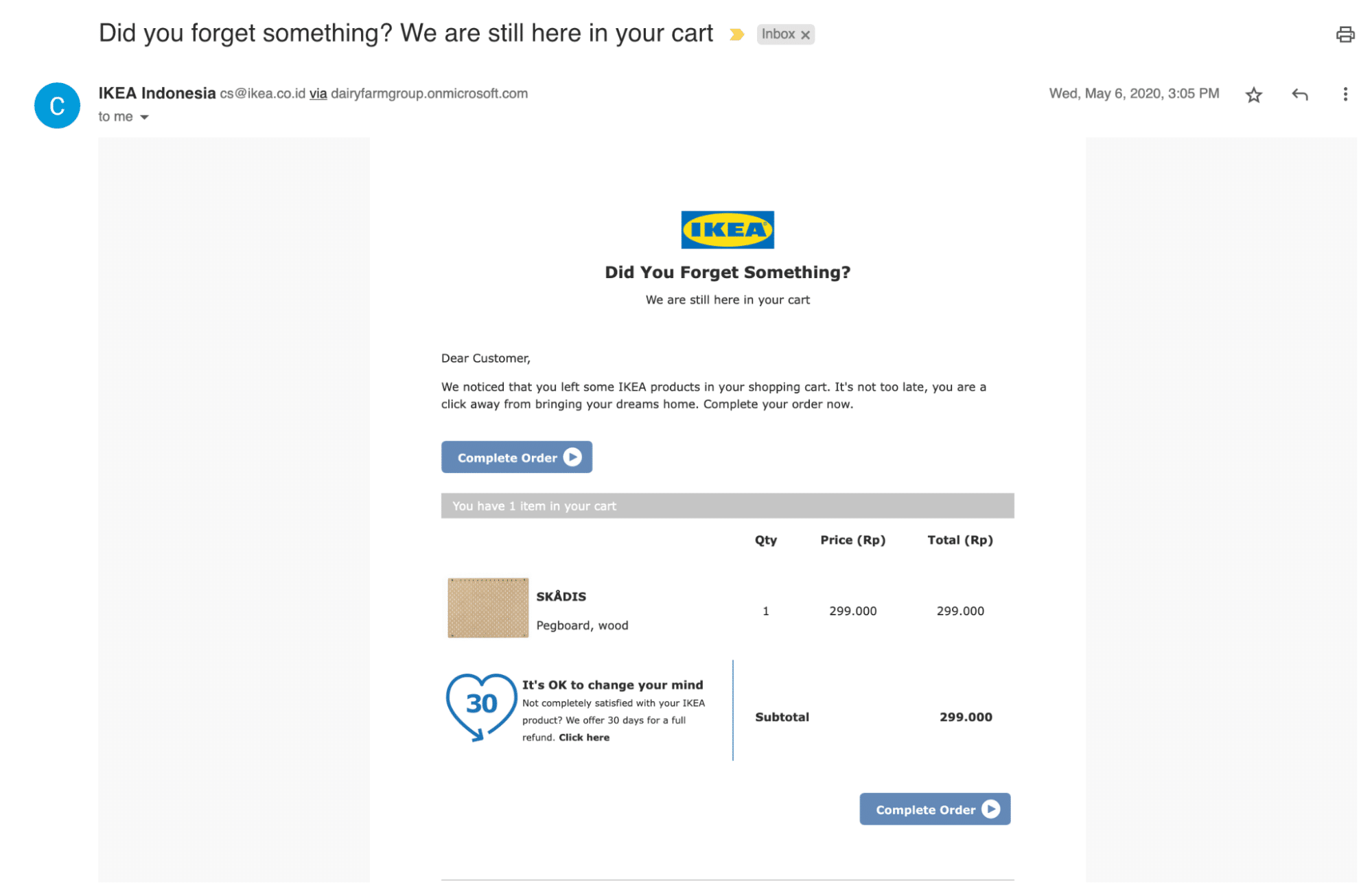
This type of email is often automated and triggered by specific actions, such as leaving the website without checking out.
The goal of a follow-up email for abandoned carts is to remind customers about their incomplete purchases and encourage them to complete their orders. These emails can be personalized to include the items that the customer left in their cart, as well as special offers or promotions that may incentivize them to complete their purchase.
5. Customer Reviews
A WooCommerce follow-up email after a customer leaves a review is a way for a business to thank the customer for their feedback and to show that their opinion is valued.
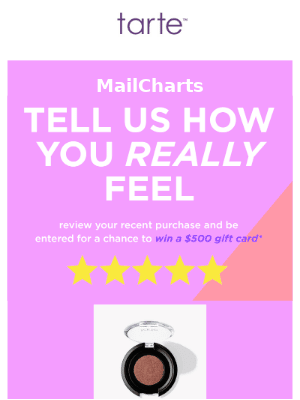
This type of email can be automated or manually crafted, and it is typically sent shortly after the customer has left a review on the company’s website, Google Places reviews, or social media profiles.
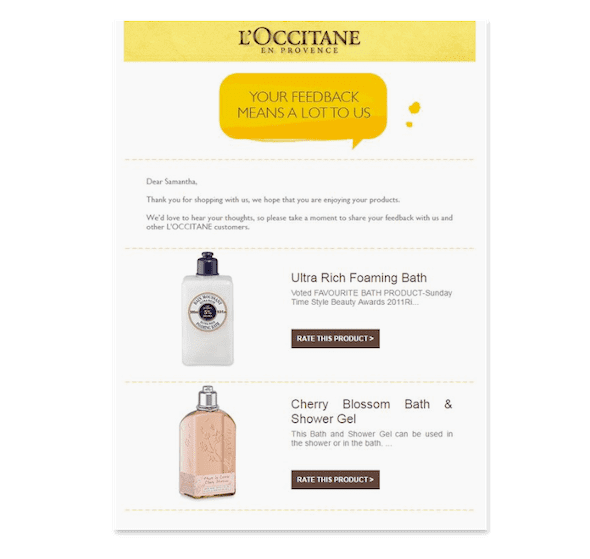
The follow-up email should include a personalized message thanking the customer for their review and expressing appreciation for their business. Similar to a follow up email for a complaint, this also depends on the content of the review. This follow-up email may also include a response to any specific issues or concerns that the customer mentioned.
6. Inactive Customers
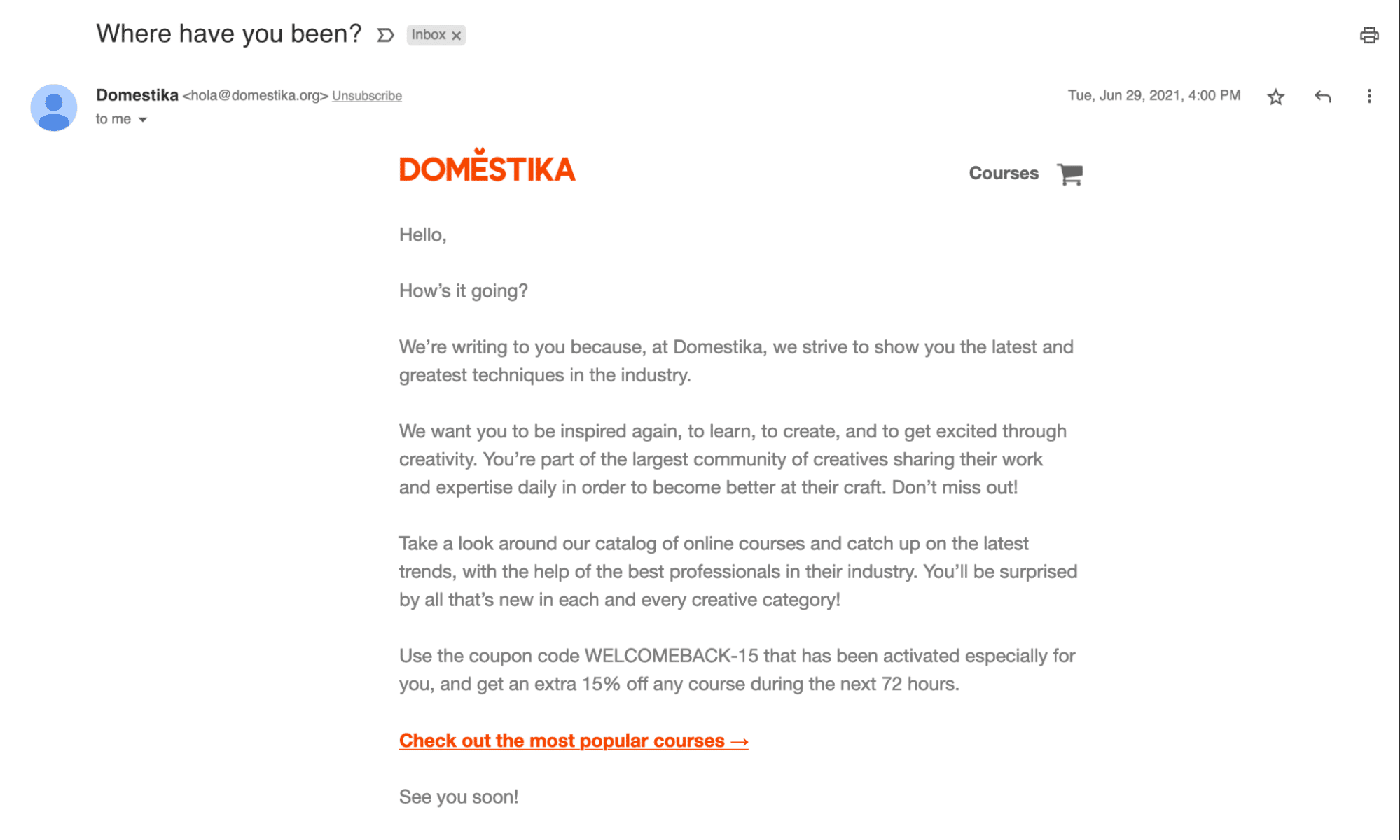
If you have inactive customers, a good way to connect with them is by sending them a follow-up email. The goal of this type of email is to re-engage with the customer and encourage them to return to the business.
The follow-up email for inactive customers can include information about new products or services that the business is offering, special promotions or discounts, or updates on the company’s operations. It may also include a personal message from a representative of the business, expressing appreciation for the customer’s past business and inviting them to return.
7. Promotions
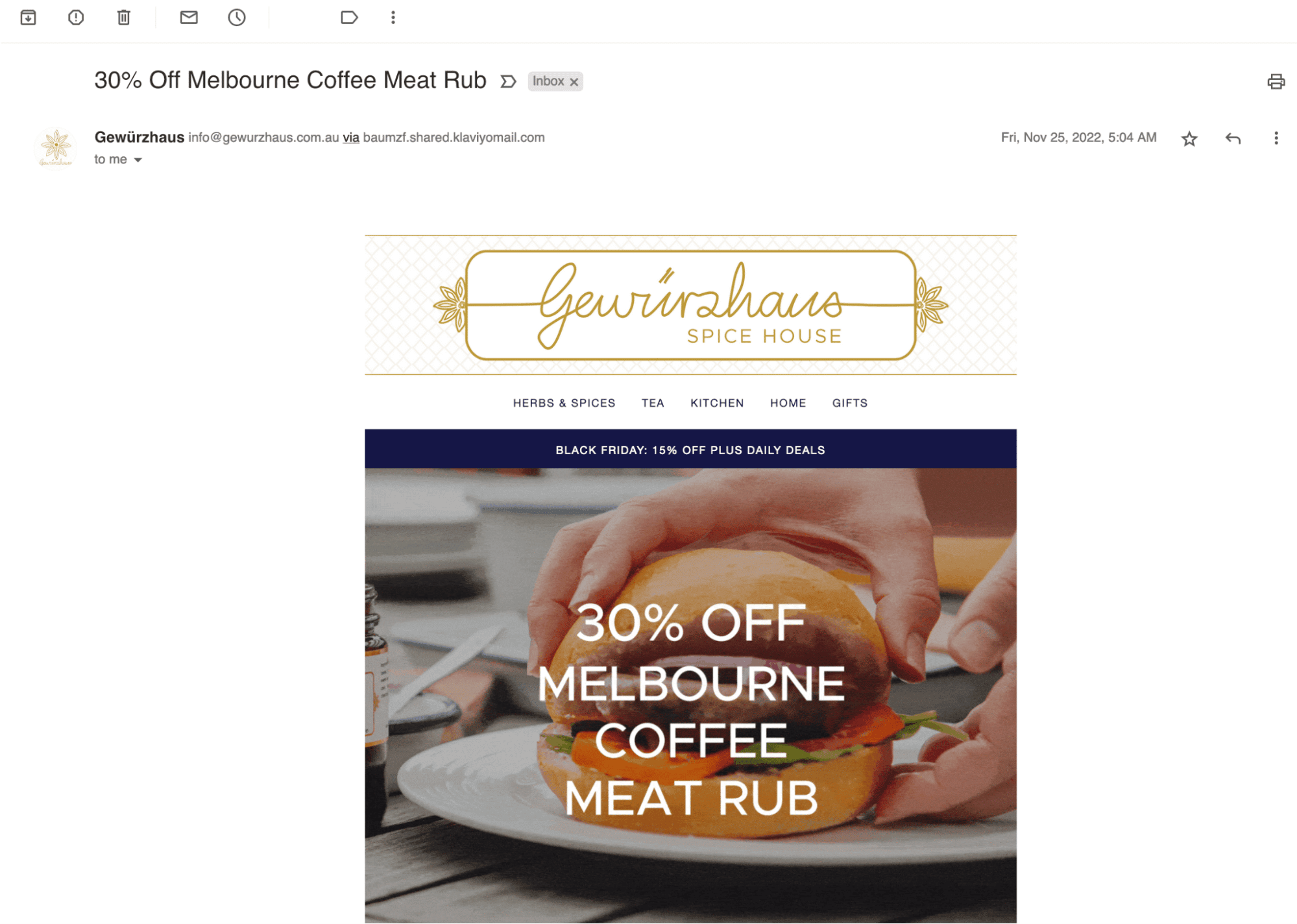
If your business holds special offers or promotions, advertising them through a follow-up email is a great way to gain traction and increase sales. This email is usually sent to customers to remind them about a special offer or promotion that is currently available from a business.
They are usually sent after the customer has expressed interest in the promotion, either by signing up for a newsletter or expressing interest in a specific product or service.
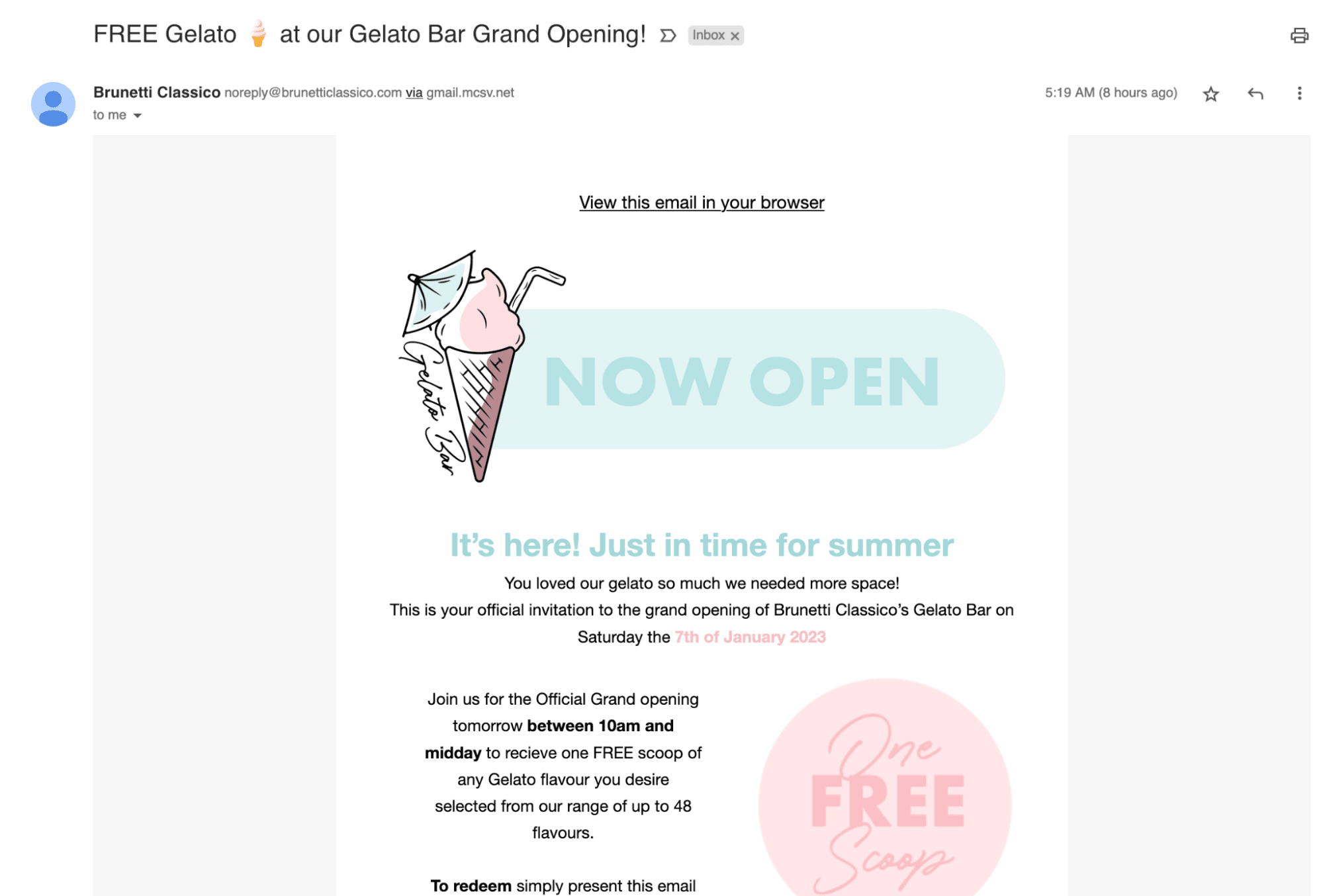
The follow-up email should include details about the promotion, such as the time frame in which it is available, any exclusions or restrictions, and any necessary redemption instructions. It may also include information about related products or services that the customer might be interested in. Whether it’s Black Friday or an annual sale, a follow up email is also a great way to keep customers coming back for more.
You may also like: How to customize your emails for Black Friday campaigns
Closing Thoughts
In conclusion, ecommerce follow-up emails can be a powerful tool for businesses to engage with customers and encourage them to take desired actions. By sending well-crafted follow-up emails, ecommerce businesses can increase their conversion rates and boost their sales.
If you’re using WooCommerce Follow-Ups or AutomateWoo to create follow-up emails, be sure to check out these email customizer addons.
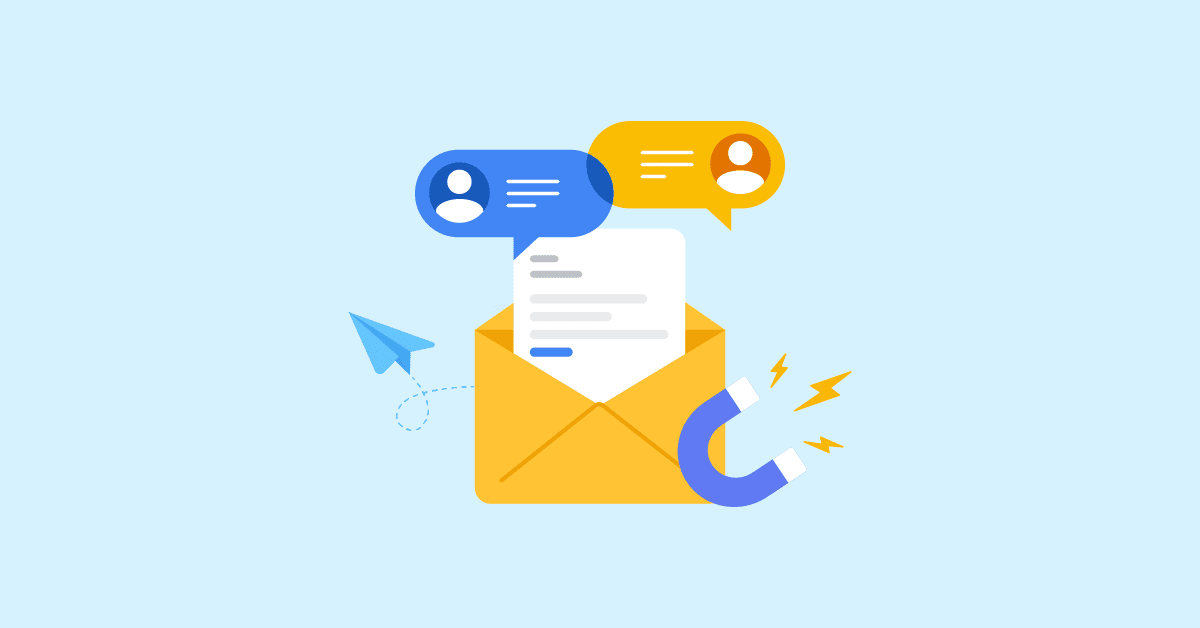
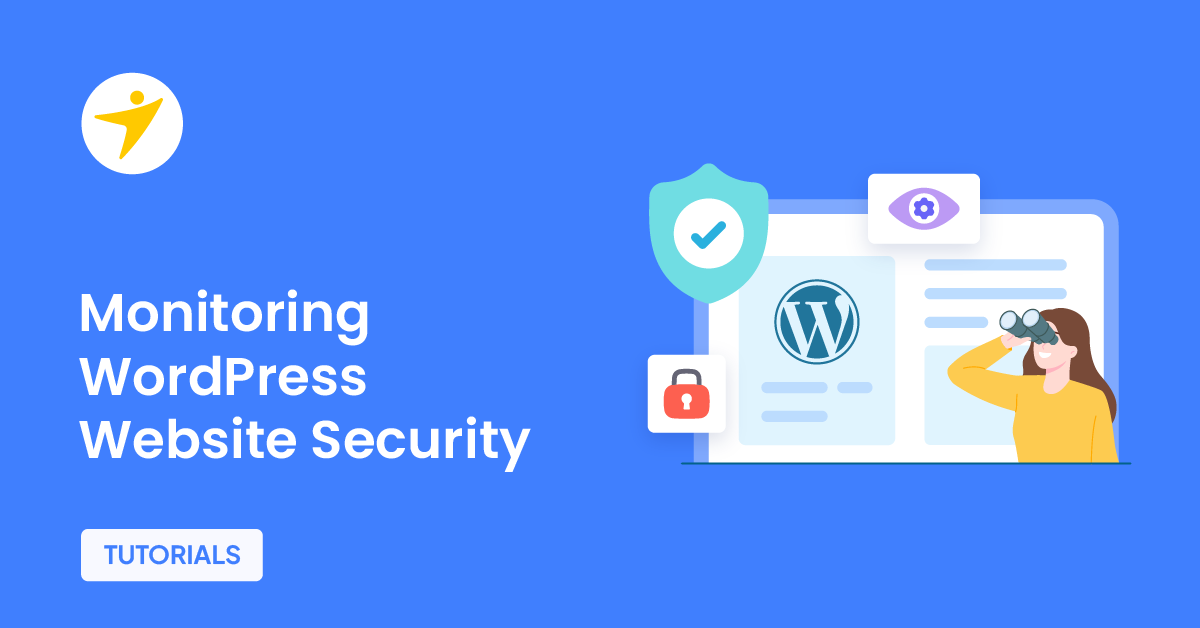
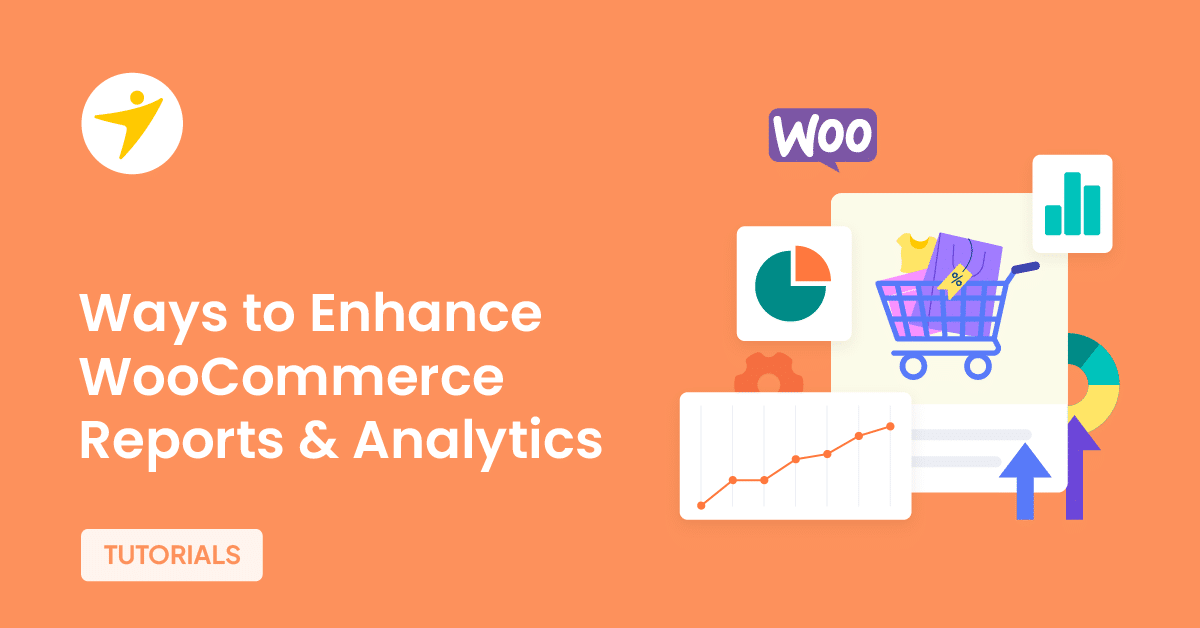
[…] your business revenue and help with your WooCommerce and Shopify ecommerce development. You improve engagement with established customers and make fantastic first impressions on new visitors. It’s a […]
These real-life examples and tips on email content make it a practical resource. A well-structured and informative piece that’s beneficial for anyone in the e-commerce industry.
Can you share success stories or case studies of companies that have achieved significant growth and success by utilizing B2B marketplaces in the European region?
Follow-up emails are such a great way to keep customers engaged. Would love to see examples of these 7 types!